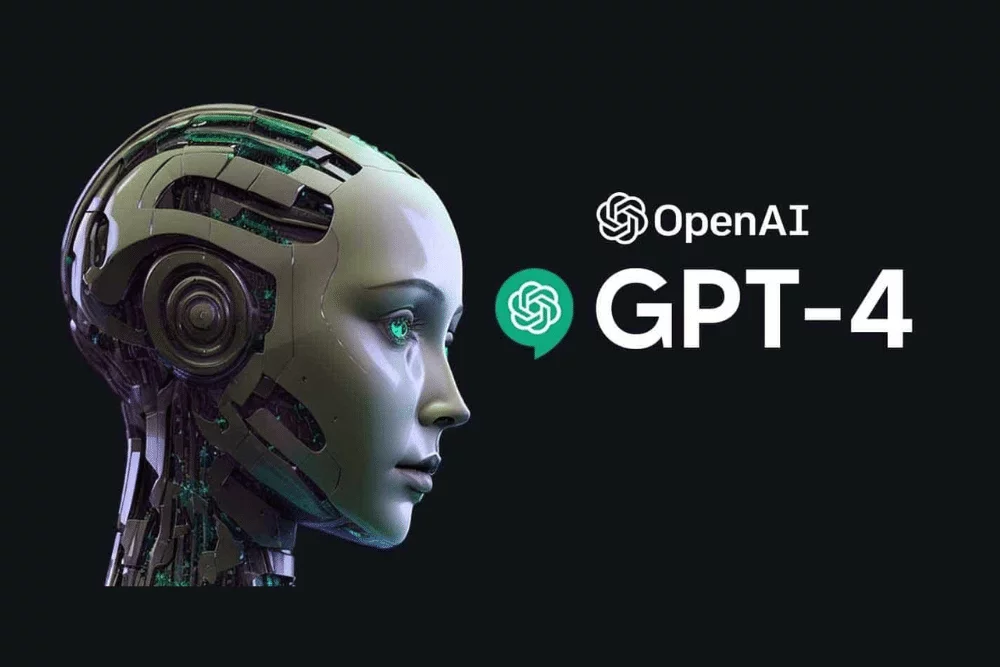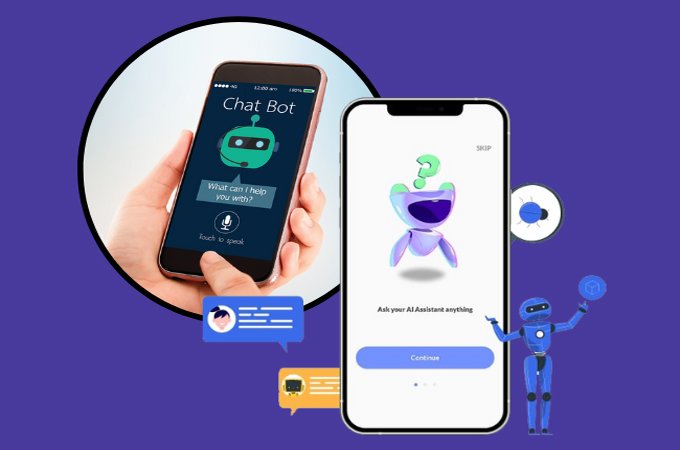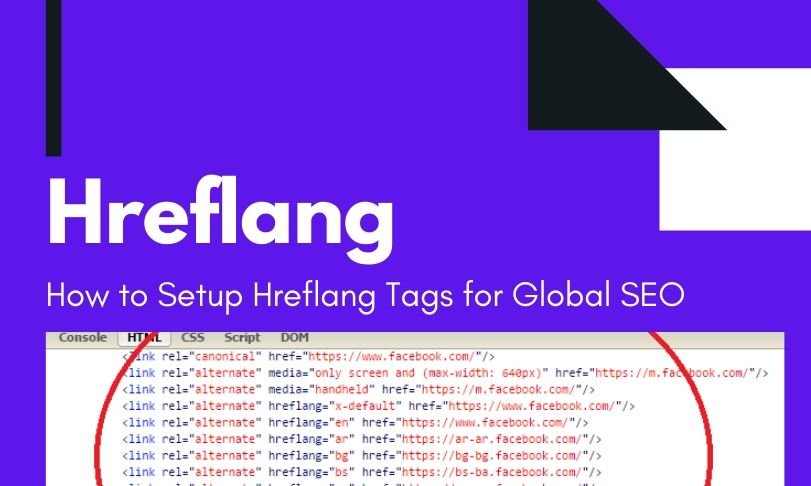Introduction
In the ever-evolving world of artificial intelligence, GPT-4 has emerged as a monumental leap forward. Developed by OpenAI, GPT-4 represents the latest advancement in the Generative Pre-trained Transformer series, building on its predecessors with unprecedented capabilities and refinements. This article delves into what makes GPT-4 a revolutionary force in AI, exploring its features, applications, and the impact it’s expected to have across various industries.

What is GPT-4?
GPT-4 (Generative Pre-trained Transformer 4) is an advanced language model developed by OpenAI. It represents the fourth iteration of the GPT series, showcasing significant improvements over GPT-3 in terms of understanding, generation, and contextual awareness.
- Core Technology
GPT-4 leverages state-of-the-art machine learning techniques and a vast dataset to generate human-like text. Its architecture allows it to understand and produce more complex and nuanced responses compared to previous models. - Capabilities
With its enhanced capabilities, GPT-4 can perform a wide range of tasks including natural language understanding, translation, summarization, and even creative writing, making it a versatile tool for various applications.
Key Features of GPT-4
- Improved Language Understanding
GPT-4 exhibits a deeper understanding of context and subtleties in language, allowing it to produce more coherent and contextually accurate responses. This improvement is attributed to its larger training dataset and more refined algorithms. - Enhanced Text Generation
The model’s text generation capabilities are significantly improved, producing outputs that are more fluent and relevant. GPT-4 can generate text that closely mimics human writing styles, making it useful for creative and professional writing. - Multimodal Abilities
Unlike its predecessors, GPT-4 can process and generate text based on multiple types of input, including text and images. This multimodal capability opens up new possibilities for interactive and multimedia applications. - Increased Customization
GPT-4 offers enhanced customization options, allowing users to tailor the model’s responses to specific needs or industry requirements. This flexibility makes it adaptable for a variety of applications, from customer service to content creation. - Ethical and Safety Improvements
OpenAI has made strides in addressing ethical concerns and improving the safety of GPT-4. The model incorporates better mechanisms to reduce harmful outputs and ensure more responsible use.
Applications of GPT-4
- Customer Support
GPT-4 can revolutionize customer support by providing more accurate and contextually relevant responses to customer inquiries. Its ability to understand and generate natural language responses can enhance customer satisfaction and reduce response times. - Content Creation
Content creators can leverage GPT-4 to generate high-quality text for articles, blogs, and social media posts. Its advanced writing capabilities can assist in producing engaging and informative content with minimal effort. - Educational Tools
GPT-4 can be used to develop educational tools that provide personalized learning experiences. Its ability to understand and explain complex concepts can enhance tutoring systems and educational platforms. - Healthcare
In the healthcare sector, GPT-4 can assist in analyzing medical texts, generating patient reports, and even supporting diagnostic tools with its advanced language processing capabilities. - Entertainment
GPT-4’s creative capabilities can be harnessed for generating scripts, dialogues, and interactive narratives in the entertainment industry, providing new opportunities for storytelling and content development.
How GPT-4 Compares to GPT-3
- Scale and Complexity
GPT-4 is larger and more complex than GPT-3, with improvements in both architecture and training data. This increased scale contributes to its superior performance in understanding and generating text. - Performance Metrics
Benchmarks and performance evaluations show that GPT-4 surpasses GPT-3 in various language tasks, including text completion, summarization, and translation. - User Experience
Users of GPT-4 experience more accurate and contextually relevant responses compared to GPT-3, making interactions smoother and more effective.
Getting Started with GPT-4
- Access and Integration
GPT-4 is available through OpenAI’s API, allowing developers and businesses to integrate its capabilities into their applications. Access can be obtained by signing up on OpenAI’s platform. - Customization
Customize GPT-4 for specific use cases by adjusting its settings and training it with domain-specific data to enhance its performance for particular tasks. - Ethical Considerations
Ensure responsible use of GPT-4 by adhering to ethical guidelines and implementing safety measures to mitigate potential risks associated with AI-generated content. - Continuous Learning
Stay updated with the latest developments and best practices for using GPT-4 to maximize its benefits and address any emerging challenges.
External Links
- OpenAI’s GPT-4 Overview – Official page with details on GPT-4.
- Comparing GPT-3 and GPT-4 – A detailed comparison of the two models.
- Applications of GPT-4 in Various Industries – Insights into how GPT-4 is used across different sectors.
Conclusion
GPT-4 marks a significant advancement in AI technology, offering enhanced capabilities and broader applications than its predecessors. Its improved understanding, text generation, and multimodal abilities position it as a powerful tool for transforming various industries. As GPT-4 continues to evolve, its potential to impact and innovate in numerous fields becomes increasingly apparent. By leveraging GPT-4’s features and adhering to best practices, users can unlock new possibilities and drive forward the future of AI-driven interactions.
















